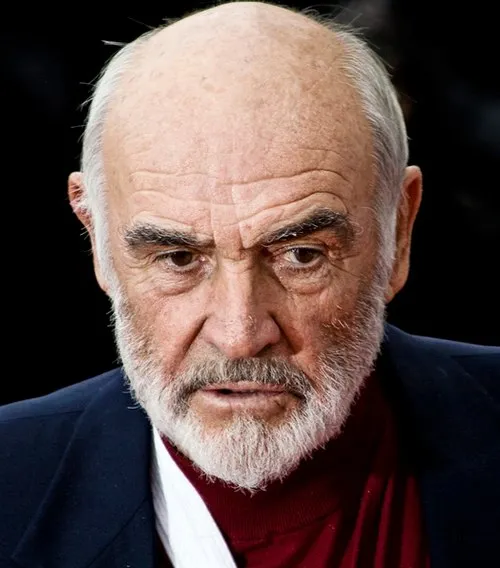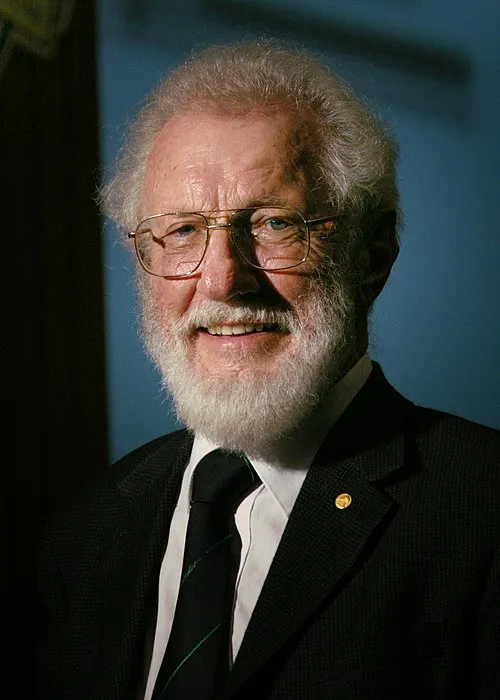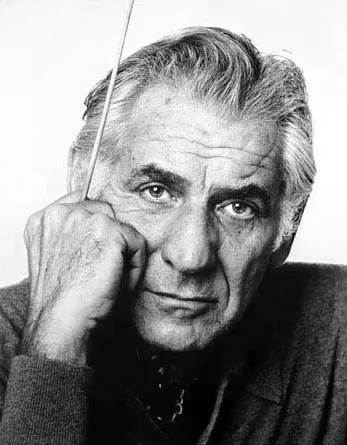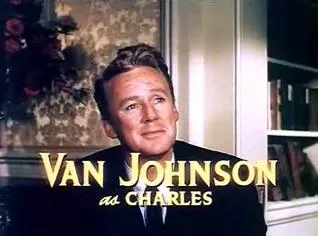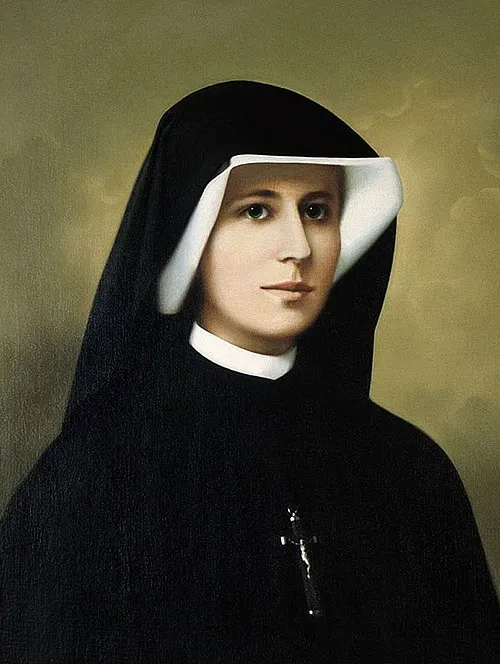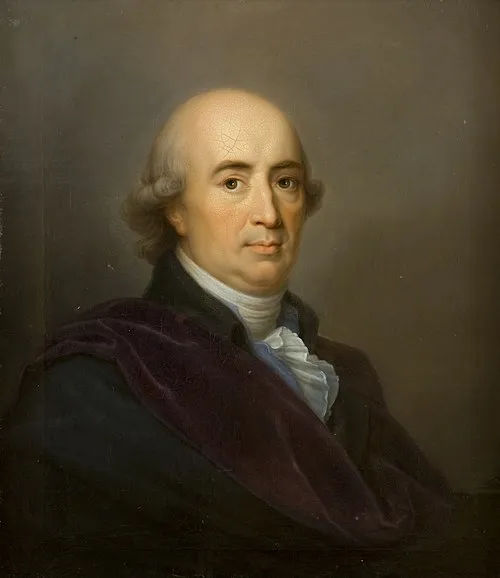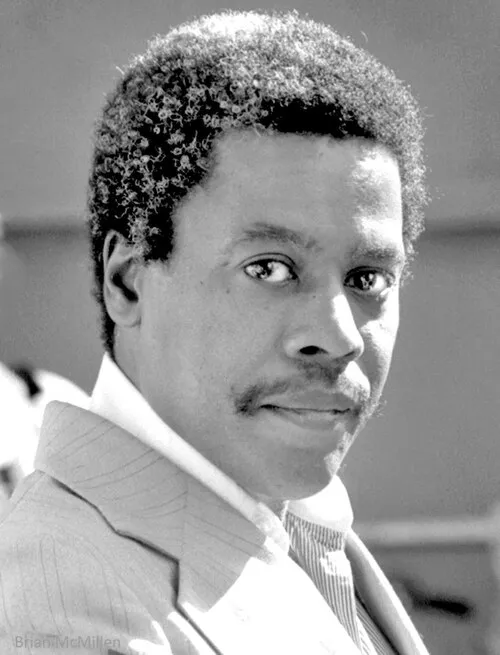
Full Name: Wayne Shorter
Birth Year: 1933
Nationality: American
Profession: Saxophonist and Composer
Death Year: 2023
The Legacy of Wayne Shorter: A Journey Through Sound
Wayne Shorter emerged into a world teeming with artistic innovation in 1933, but the essence of his life was not merely about the year of his birth; it was about the transformation he would bring to jazz. Born in Newark, New Jersey, he was surrounded by a melting pot of sounds from the bustling streets echoing with rhythm and blues to the soulful cries of gospel music permeating through churches. However, it wasn't until he picked up the saxophone at age 15 that Shorter's true voice began to take shape.
During his teenage years, while others were caught up in typical adolescent pursuits, Wayne's mind danced with melodies and harmonies. It’s often said that great artists are shaped by their environments this held especially true for Wayne. As if being cradled by fate itself, he began studying composition at New York University before furthering his education at The Manhattan School of Music. Ironically, what started as formal training soon led him down an avant-garde path that would redefine jazz.
Shorter's career took off during the late 1950s when he joined Art Blakey's Jazz Messengers a move that many consider a critical turning point. With each note played alongside renowned musicians like Horace Silver and Freddie Hubbard, he honed not just his saxophone skills but also developed an unparalleled understanding of complex compositions and improvisation. Perhaps his genius lay in blending these two elements seamlessly; audiences found themselves lost in intricate soundscapes shaped by Shorter's unique vision.
As if fated for greatness, Wayne quickly became known for writing some truly iconic pieces such as "Footprints" and "Nefertiti." These compositions weren’t merely tunes; they were explorations sonic journeys inviting listeners to traverse emotional landscapes filled with both tension and release. In fact, one might argue that “Footprints” became something akin to a rite of passage for countless jazz musicians who sought its challenging yet rewarding structure.
However, even amidst success came challenges. By the early 1970s, despite establishing himself as a titan within jazz circles through collaborations with legends like Miles Davis whom many consider one of jazz’s greatest trumpeters there were whispers questioning whether traditional forms could keep pace with evolving musical languages. Ironically enough, it was during this period that Shorter made a bold leap into fusion music a decision met with both excitement and skepticism from purists.
The '60s also marked an era where political turbulence gripped America tightly; artists like Shorter often felt compelled not only to reflect on these societal issues but actively engage them through their art form! Perhaps one can trace back elements from this tumultuous backdrop embedded deep within songs like “Black Nile” its rhythmic urgency mimicking protest marches while simultaneously speaking volumes on identity and resilience.
Fast forward into the '80s: Here stands Wayne firmly planted as both composer and innovator the architect behind seminal albums such as "Speak No Evil," showcasing intricate melodies paired alongside haunting narratives steeped in mystique! In street interviews around this time period featuring budding musicians discussing influences they aspired towards Wayne’s name often surfaced among revered idols breathing life into modern expressions! Who knows how many aspiring saxophonists attempted to replicate those soaring notes echoed across smoky club stages?
This transition wasn’t without its own ironies though; while new technologies advanced recordings beyond imagination the emotional depth infused within live performances seemed irreplaceable! Despite technological shifts sweeping over recording industries worldwide there remained something profoundly human about gathering together under dimly lit venues waiting expectantly for Wayne’s artistry unfolding right before eyes…
A Musical Innovator Until His Last Breath
The turn of the century ushered in yet another chapter for Wayne Shorter a time characterized by collaborations reaching beyond genres entirely! Working alongside artists from diverse backgrounds including pop sensations or even classical composers showcased versatility rarely seen amongst contemporaries traditionally confined strictly within specific styles alone!
This adaptability culminated beautifully when he teamed up with contemporary electronic musicians not just remaining relevant but flourishing creatively amidst fresh stimuli invigorating original intentions anew!! As if channeling energies flowing through generations past intertwined seamlessly… Such daring moves ignited debates around authenticity versus experimentation engulfing musical dialogues evermore!
This brings us closer still to what some call arguably “the twilight years” a span wherein health struggles befell him unexpectedly post-2016 causing temporary withdrawal from performing regularly…but did it halt progress? Absolutely not!!! Interviews conducted during this timeframe revealed profound reflections echoing notions surrounding mortality & legacy intertwining poignantly together… ‘Art doesn’t die,’ he'd proclaim vehemently reminding listeners there exists continuity regardless physical absence feels palpable!!!!



